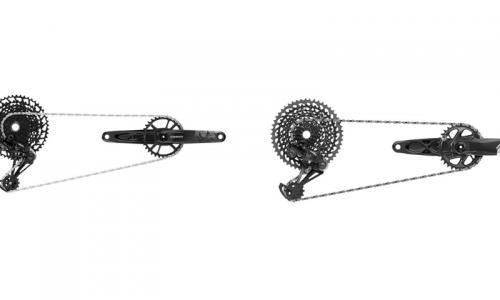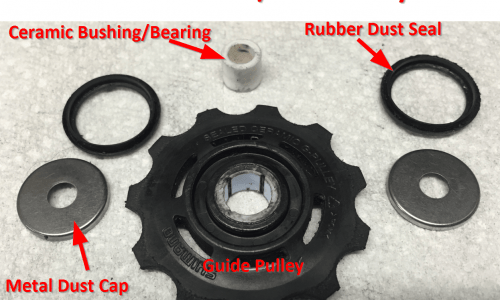Ripping down trails has never been as fun as in modern times. Getting out into nature and challenging your fitness and skills is a thrilling way to stay in shape and keep yourself fit.
If you are in the market for a new mountain bike groupset, then you are probably thinking of either Shimano or SRAM. They make incredible components and are unrivaled when it comes to serious mountain biking.
In this article, we’re going to be comparing both these groupsets against each other. We will run through what we think are the most important factors, such as cost, assembly, and much more.
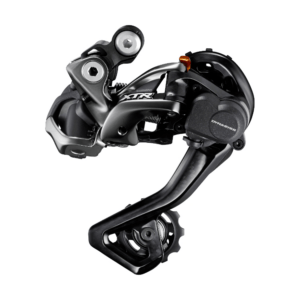
Understanding These Groupsets
Before we get into this article, it’s important to understand that there are a lot of different combinations and different versions in each range of each groupset. Although we might mention different versions, the two main groupsets we will focus on are the Shimano XTR Di2 1X and SRAM XX1.
We appreciate there are so many versions, so it’s challenging to compare them. We looked for the best of the best they had and then picked groupsets that were very close to each other. Let’s start comparing:
Cost
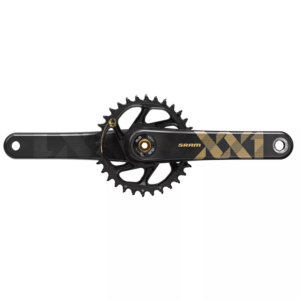
The first thing we want to speak about is cost. Budgeting when building up a bike is very important as you can easily stack up a huge bill.
When it comes to cost, these are both very high-end groupsets and pretty much the best of the best from Shimano and SRAM.
For RRP, you’re looking at around $2300 for the Shimano groupset, and for the SRAM, you’re looking at roughly around $2200. Although depending on what specifications you plan to use, the price can greatly differ.
In our opinion, as far as price goes, there’s very little in it.
Options
When we speak about options, we are talking about 1X or 2X, electronic and mechanical options, and different cassettes and general customization options. When it comes down to it, these brands both offer a lot of parts that are interchangeable.
When it comes down to it, Shimano does offer much more variety on its XTR groupset. SRAM does offer different versions which are very similar such as the X01, but they don’t offer a simple 2X option like Shimano does with the XTR.
You also get an XTR mechanical version compared to only electronics on the SRAM XX1.
Assembly
Although you might think you only have to assemble a groupset once, it’s good to know how easy it is going to be. Also, if the assembly is easy, there’s a good chance that it will be easy to replace parts if one gets broken.
When it comes to assembly, the SRAM is electronic and wireless. This makes it so much easier. You bolt the parts on and charge the batteries.
Although electronic, the XTR still requires cabling, which makes the setup and repairs more difficult.
Weight
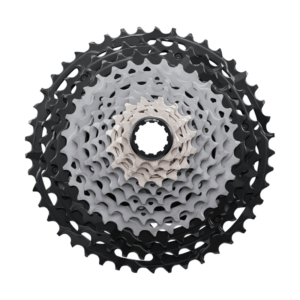
When it comes to weight, you are probably saving a couple of hundred grams by going with the SRAM groupset. It is slightly lighter, and with no wires running through the system, it has fewer parts.
Realistically a couple of hundred grams is such a small amount. Over the weight of a mountain bike that’s only noticeable by a professional or someone riding the same bike every day.
Looks
When it comes to looks, they both are incredible looking groupsets. I would say the SRAM definitely has some excellent style to it. The black and silver detailing is stunning, and how can you not love the chain with a flat side?
Then we have the XTR, which looks much more subtle and sticks with black, silver, and gray. It’s much stealthier, and if you’re looking for a groupset that blends into anything, then this is it for sure.
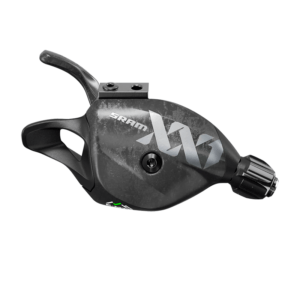
Range
It’s vital to talk about the range you get. On the front, both bikes come equipped with a 32-tooth cog. It’s the rear where the difference comes between these two groupsets.
The SRAM has a 10/50 on the rear, and this is the well-known Eagle cassette which has been around a long time. Shimano uses its own mico spline hub, which can fit a 10/51.
You also get other options, such as a 10/45. The Shimano has more range for climbing but only by very little.
Performance
For many of us, we don’t mind about what a groupset looks like or even for some how much it costs. Sometimes performance is everything, and professionals need every edge they can get over their competition.
There’s very little in between these groupsets when it comes to performance. They both have rapid shifting, can go over bumps easily, and are very easy to use.
Technology
Regarding technology, these groupsets are both electronic or have electronic versions. We feel the SRAM is a little more advanced as it is fully wireless.
They are both very high-tech and come with applications so you can edit how the shifters and systems work.
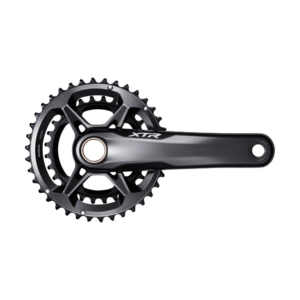
Which is better? Shimano XTR or SRAM XX1?
When it comes down to it, there’s very little in it. They are both amazing groupsets that will give you an excellent experience on the trails.
If you want easy assembly and a completely wireless system, then the SRAM XX1 is the only way to go. It offers incredible shifting, and all you have to do is bolt it on, and it’s ready to go.
If you are looking for more combinations and a larger range, then the Shimano XTR groupset is for you. It has that 10/51 rear cassette and comes in both 1X and 2X versions which aren’t standard with SRAM.
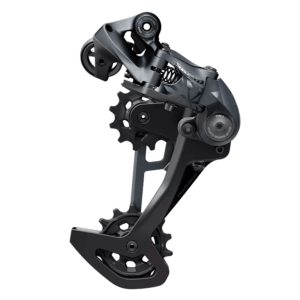
A Final Note
Whatever groupset you choose, you will get a great experience from. These are the best of the best mountain bike groupsets, but you are paying for future research and development when buying them.
If you are just a casual rider, consider a mid to high-end groupset instead. You can save around 50% of the cost by doing this.

Robbie Ferri has spent years working in a bike shop, has worked with industry leading brands on product creation, has been a semi pro athlete, and is a fully qualified strength and conditioning coach. He has broken World Records, bikepacked all over the World and raced ultra distance at a top-level.


